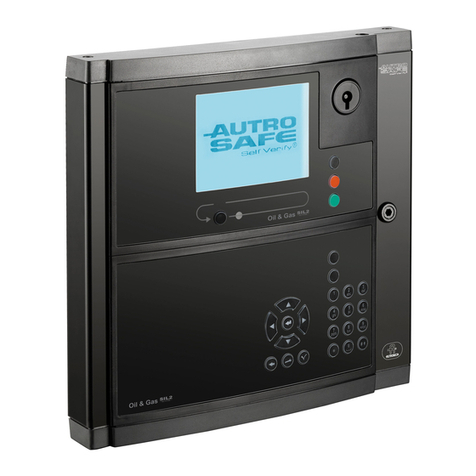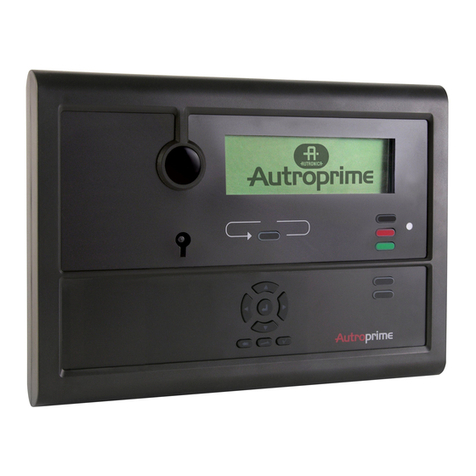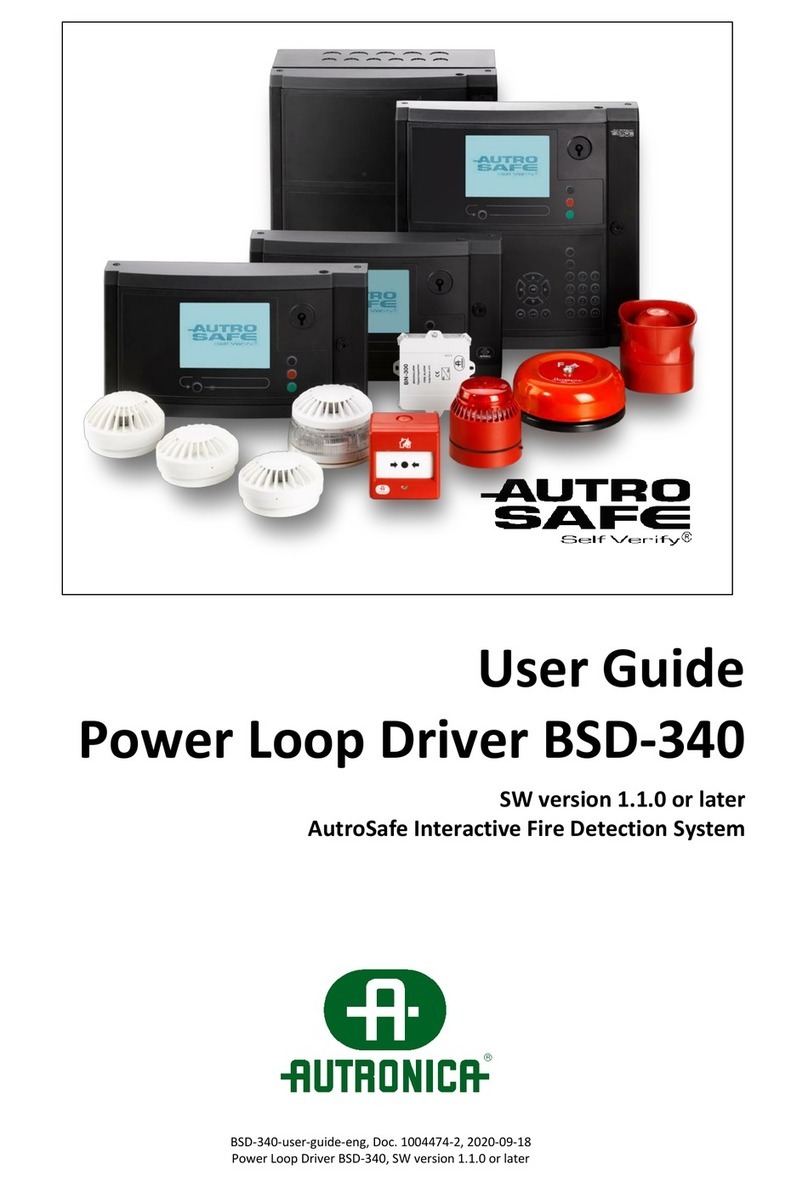Introduction
Commissioning Handbook, AutroSafe Interactive Fire Detection System, Release 4, 116-P-ASAFE-COMMISS/EGB Rev.F, 2014-04-01,
Autronica Fire and Security AS
Page 4
8.3.3 Configuration Missing..............................................................28
8.4 Configuration File ..............................................................................29
8.4.1 Name, Format and Extension .................................................29
8.4.2 Copying the Zip File to a USB Stick........................................29
8.5 Uploading Configuration Files to the System....................................30
8.6 Configuration Mismatch.....................................................................33
8.7 Entering Required Access Levels .....................................................34
9. Verifying the System after an Upload.............................36
9.1 General System Verification Procedure............................................36
9.2 Verifying Detection Loops During Normal Operation........................37
10.Upgrading the System.....................................................38
10.1 Introduction........................................................................................38
10.2 Upgrading During Normal Operation (SW/Config)............................38
10.2.1Introduction .............................................................................38
10.2.2Upgrading Software During Normal Operation.......................39
10.2.3Upgrading Configuration During Normal Operation................39
10.3 Upgrading when Panels are Added/Removed..................................40
10.4 Upgrading if IP Addresses are to be Changed..................................40
10.5 Upgrading a Single Panel..................................................................40
10.6 Upgrading by Remote Access to a Web site.....................................41
10.7 Upgrading Software Version 4.0.1 to 4.1.1.......................................42
10.7.1General ...................................................................................42
10.7.2Preparing a System in Normal Operation...............................42
10.7.3Preparing a System in System Fault Condition ......................43
10.8 Upgrading Software Version 4.0.1 or 4.1.1 to 4.3.1..........................44
10.8.1Example 1: Upgrading all Panels from SW Version 4.0.1
or 4.1.1 to 4.3.1......................................................................44
10.8.2Example 2: Adding a BS-420/BS-430 panel with SW
Version 4.1.1 to a System Running on SW Version 4.3.1......44
10.8.3Example 3: Adding a BC-420 Controller with SW Version
4.1.1 to a System Running on SW Version 4.3.1 ...................44
10.8.4Example 4: Adding a Panel with SW Version 4.3.1 to a
System Running on SW Version 4.1.1....................................45
11.Startup Procedure for a Dual Safety System.................46
11.1 Introduction........................................................................................46
11.2 Guidelines – Startup Procedure........................................................47
12.Fault Messages during Uploading..................................49
12.1 Introduction........................................................................................49
12.2 Invalid File on USB Stick...................................................................49
12.3 Data Transmission Timeout ..............................................................49
12.4 Corrupt File........................................................................................49
12.5 Fail to Unpack Files...........................................................................50






























